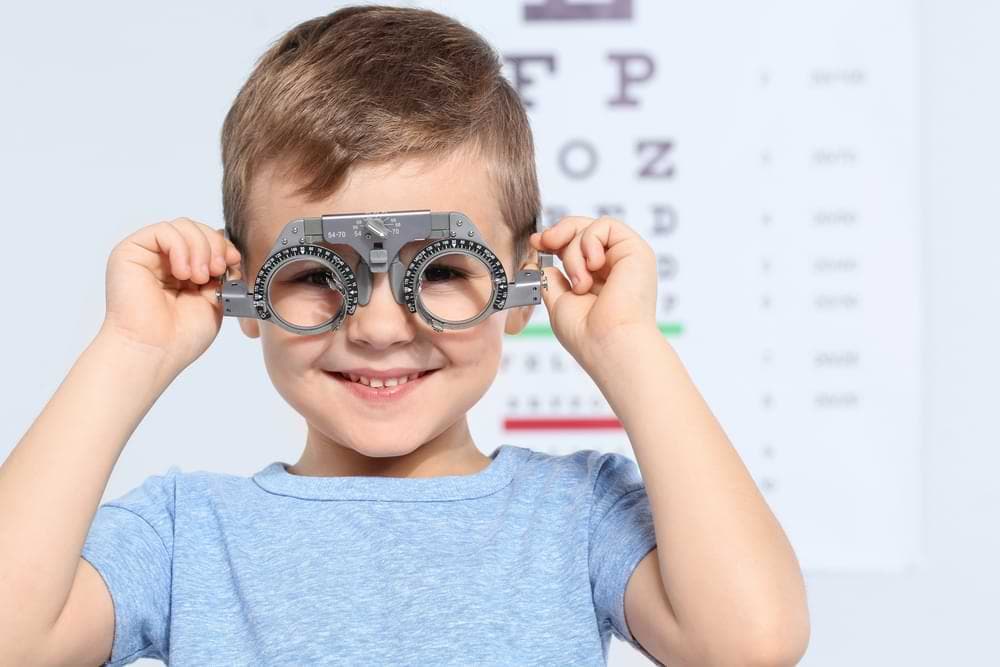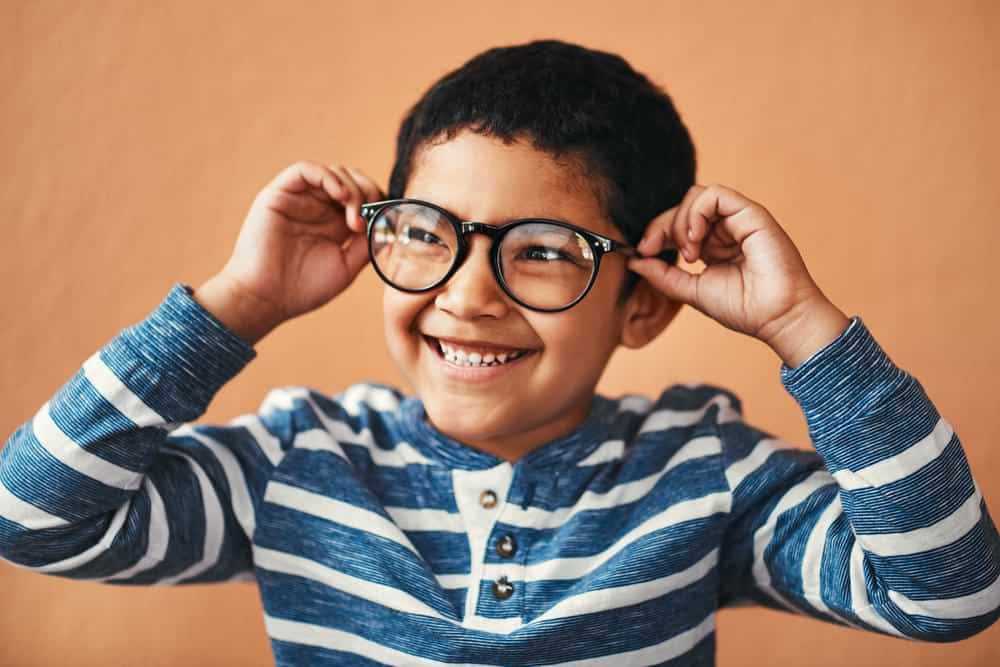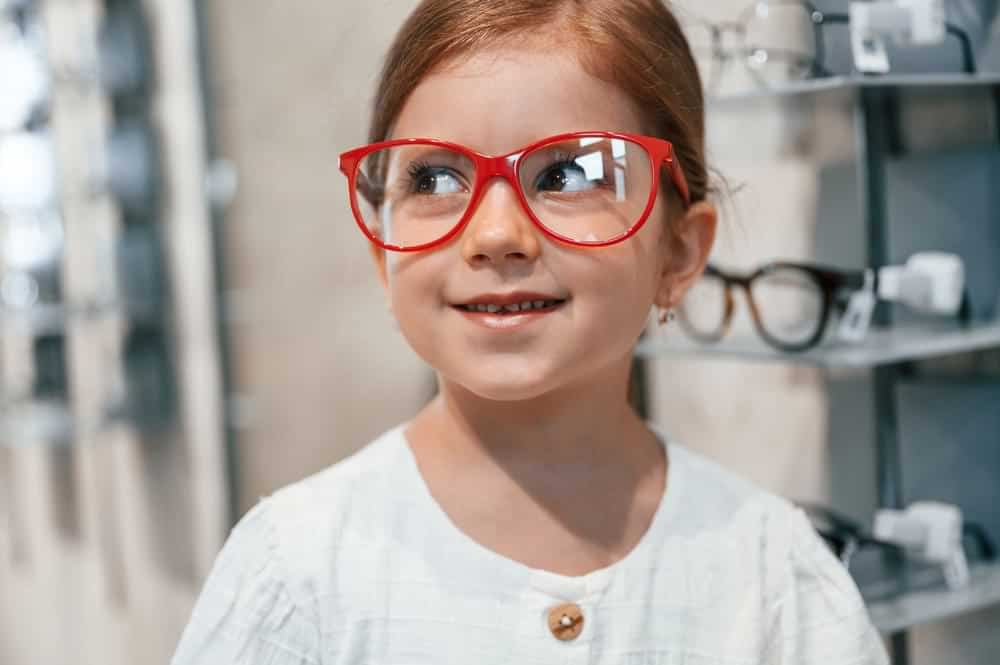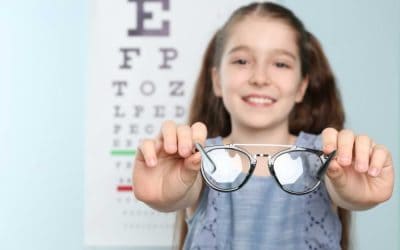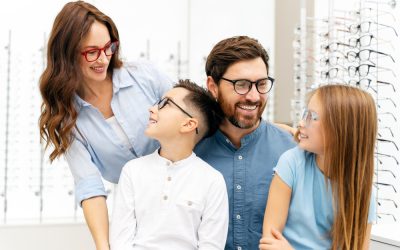Have you noticed your child’s glasses prescription creeping higher every year? Are you wondering what myopia control options really cost, and what you get for that investment?
Myopia control glasses look like ordinary spectacles but do much more. They’re designed to slow the eye’s growth and lower the risk of serious problems later in life. In Australia, several brands are now available, each with different pricing, research backing, and day-to-day benefits.
I’m David Truong, Owner and Principal Optometrist at Beyond Eyecare in Sydney. I’ve helped many families compare these choices and plan treatment that fits their budget and lifestyle. This guide breaks down the costs, options, and evidence so you can make informed decisions about your child’s vision.
Understanding Myopia Control Glasses
Unlike regular lenses that simply correct blurred vision, myopia control glasses also actively reduce the stimulus for the eye to grow longer. In children, this elongation is the main factor behind worsening myopia and later complications such as retinal detachment or glaucoma.
Brands like MiYOSMART, Stellest, and Zeiss MyoVision Pro have emerged in Australia over the last few years. Each uses specific lens designs to project controlled defocus onto the peripheral retina. That defocus acts as a signal: slow down eye growth.
Single-vision lenses, the standard option for children, only focus central vision. They make things clear but do nothing to stop the underlying myopia progression. Myopia control glasses go a step further. They blend clear central correction with therapeutic zones in the lens periphery.
Put simply, they offer treatment and correction in one. If you’ve been told your child’s prescription keeps climbing, these lenses are usually the first step before considering contacts or medicated eye drops.
Here are a few of the most established myopia control lens brands you’ll come across in Australia. Each withs its own technology, evidence, and suitability.
- MiYOSMART by HOYA is probably the best-known. Backed by strong clinical evidence, it uses D.I.M.S. (Defocus Incorporated Multiple Segments) technology and has been studied extensively in Asia. High-quality studies show up to 60% reduction in axial eye growth with MiYOSMART lenses.
- Stellest by Essilor applies HALT (Highly Aspherical Lenslet Target) technology. Early results are promising and align closely with MiYOSMART, though long-term data is still growing.
- Zeiss MyoVision Pro uses a different approach, an asymmetric defocus pattern. While effective in some cases, it hasn’t been studied at the same scale as MiYOSMART or Stellest.
Cost Breakdown of Myopia Glasses in Australia
Parents often ask: “How much should I budget?”
On average, lenses for myopia glasses cost between $500 and $600 per pair, depending on the brand and the level of customisation. You’ll also need frames, which can range anywhere from $150 to $400 or more depending on style, brand, and materials.
While this sounds like a significant outlay, it’s important to remember the goal: reducing the long-term risks that come with untreated high myopia.
Other Associated Fees
Beyond lenses and frames, you should factor in professional services. These services aren’t one-off costs. Myopia management is an ongoing process, so expect regular reviews every 6–12 months:
- Eye examinations for children usually cost between $75 and $95. This includes a thorough assessment of prescription, eye health, and suitability for myopia control.
- Axial length scans, which measure the actual growth of the eye, typically add $35–$45 per visit.
- Corneal topography, a map of the eye’s shape, may also be used to monitor progress and there are typically fees for these images.
Factors That Influence Choice
Three main factors drive the total investment:
- Brand and technology: MiYOSMART and Stellest sit at the higher end of the range but come with the strongest evidence.
- Optometrist expertise and follow-up: You’re paying for careful monitoring and adjustments.
- Frame selection: Impact-resistant, child-friendly frames are worth the extra cost if it means fewer repairs and better wear compliance.
Comparing Myopia Glasses to Other Myopia Control Methods
| Method | Description | Approximate Cost | Best For | Considerations |
| Ortho-K Lenses | Rigid lenses worn overnight to reshape the cornea and slow progression | $1,800 (fitting, solutions, aftercare) | Children mature enough to manage cleaning and prefer no glasses during the day | Requires excellent hygiene, strong commitment to daily routines |
| MiSight Daily Disposable Contact Lenses | Soft daily contacts that create myopic defocus to slow progression | $1,200 per year | Older children comfortable with contacts, families preferring no cleaning | Ongoing supply costs, less suited to very young kids |
| Low-Dose Atropine Eye Drops | Nightly drops to chemically slow eye growth | $30–$50 per month | Children who can’t tolerate contacts or prefer glasses | Doesn’t correct vision, glasses still required, possible light sensitivity and near blur |
Ortho-K Lenses: Orthokeratology, or Ortho-K, uses rigid contact lenses worn overnight to reshape the cornea temporarily. They can be highly effective in slowing progression, but they require excellent hygiene and motivation.
- Average cost: Around $1,800 including the initial fitting, solutions, and follow-up care.
- Best for: Children mature enough to handle daily cleaning routines and who prefer glasses-free days.
MiSight Daily Disposable Contact Lenses: MiSight contacts are soft daily disposables with a similar defocus treatment effect.
- Annual cost: Roughly $1,200 per year.
- Pros: No cleaning required, easy to replace.
- Cons: Ongoing supply costs and less ideal for very young children.
Low-Dose Atropine Eye Drops: Atropine drops are used nightly to chemically slow eye growth.
- Cost: Between $30 and $50 per month.
- Considerations: These drops do not correct vision. Children still need glasses for clarity. Some experience light sensitivity and near blur.
If you compare costs over 3–5 years, myopia control glasses often land in the middle of the range of treatments.
- Less expensive than Ortho-K for most families.
- Less ongoing hassle than daily contacts.
- More predictable and functional for younger children than medicated drops.
MiYOSMART Myopia Control Glasses
At Beyond Eyecare we stock the MiYOSMART brand and have had good patient feedback.
MiYOSMART lenses are made of impact-resistant polycarbonate and feature:
- UV protection built in.
- Scratch-resistant coatings.
- A lightweight design that’s easier for kids to wear full-time.
When children adapt quickly, they’re less likely to slip back into part-time wear, which undermines treatment.
To learn more about MiYOSMART lenses, watch the following video.
Beyond Eyecare’s Recommendations
Suitability for Your Child’s Age and Activities
At Beyond Eyecare, I find glasses are usually the best option for younger kids — especially those under ten — or for kids who just aren’t quite ready for contact lenses yet. That said, I always remind parents that active children may sometimes fog up their lenses or knock their frames out of place during sports.
For older kids, especially those playing high-contact sports, we might talk about Ortho-K or MiSight as more practical alternatives. In the end, it’s really about what your child can handle consistently in their day-to-day life.
Comfort and Daily Wear Compliance
Let’s be honest: if the glasses aren’t comfortable, kids simply won’t wear them. That’s why I focus so much on lightweight materials, soft nose pads, and getting the fit just right. And because kids grow, we’ll need to check and adjust those frames regularly to keep everything comfortable and secure.
Long-Term Value and Insurance Options
Myopia control is an investment in your child’s future vision. I help families compare the yearly costs of different treatments and look at how those stack up against the likely progression without any intervention. Most private health insurance extras will cover part of the costs for lenses and frames, so it’s worth digging into your policy and checking what’s included and how to claim it.
Professional Support and Follow-Up
No myopia treatment is a “set and forget” solution. Our optometry team monitors your child’s axial length, prescription changes, and how well the treatment is working over time. If something needs adjusting, we’ll tweak the approach. That professional oversight is what makes sure we’re giving your child the best shot at long-term success.
Final Thoughts
Myopia control glasses are an investment in your child’s lifelong eye health. In Australia, you can expect to pay around $500–$600 for lenses, plus frames and professional fees. When you weigh that cost against the risks of untreated high myopia, many parents find the decision clear.
At Beyond Eyecare, we offer evidence-based options like MiYOSMART, along with clear, measured advice.
If you’re ready to explore a tailored myopia management plan for your child, please schedule your first consultation. It’s the first step toward slowing progression and protecting vision well into adulthood.
Book an appointment with Beyond Eyecare today at Zetland (02) 9662 6364 or Surry Hills (02) 9556 1160. You can also schedule a convenient time through our website.
